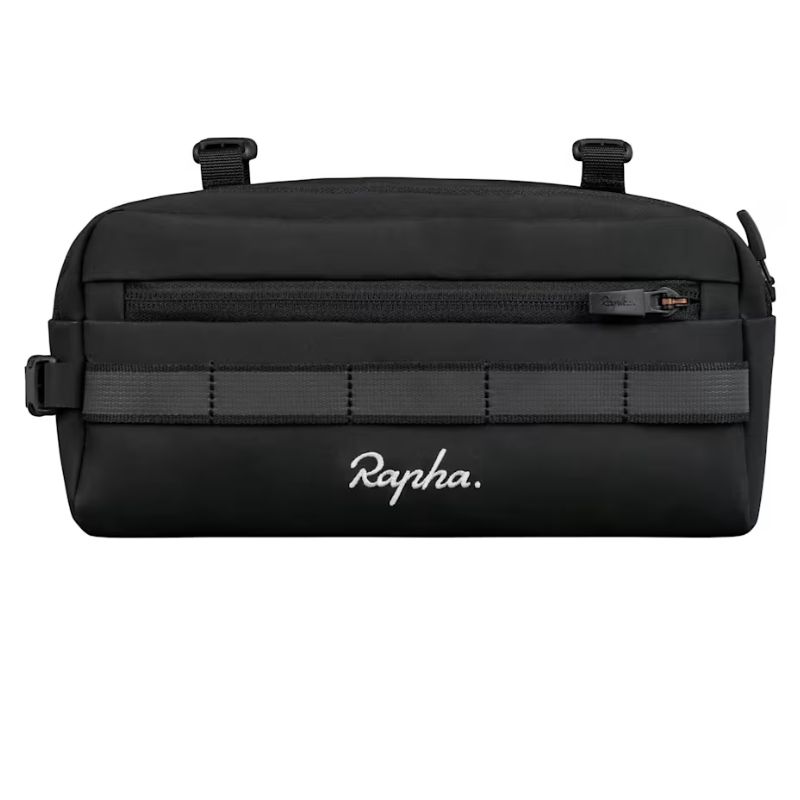What bike should I get? 5 tips for choosing the right one, regardless of budget
As 22 women’s teams gear up for the Tour de France Femmes, we're feeling inspired to get back on the bike
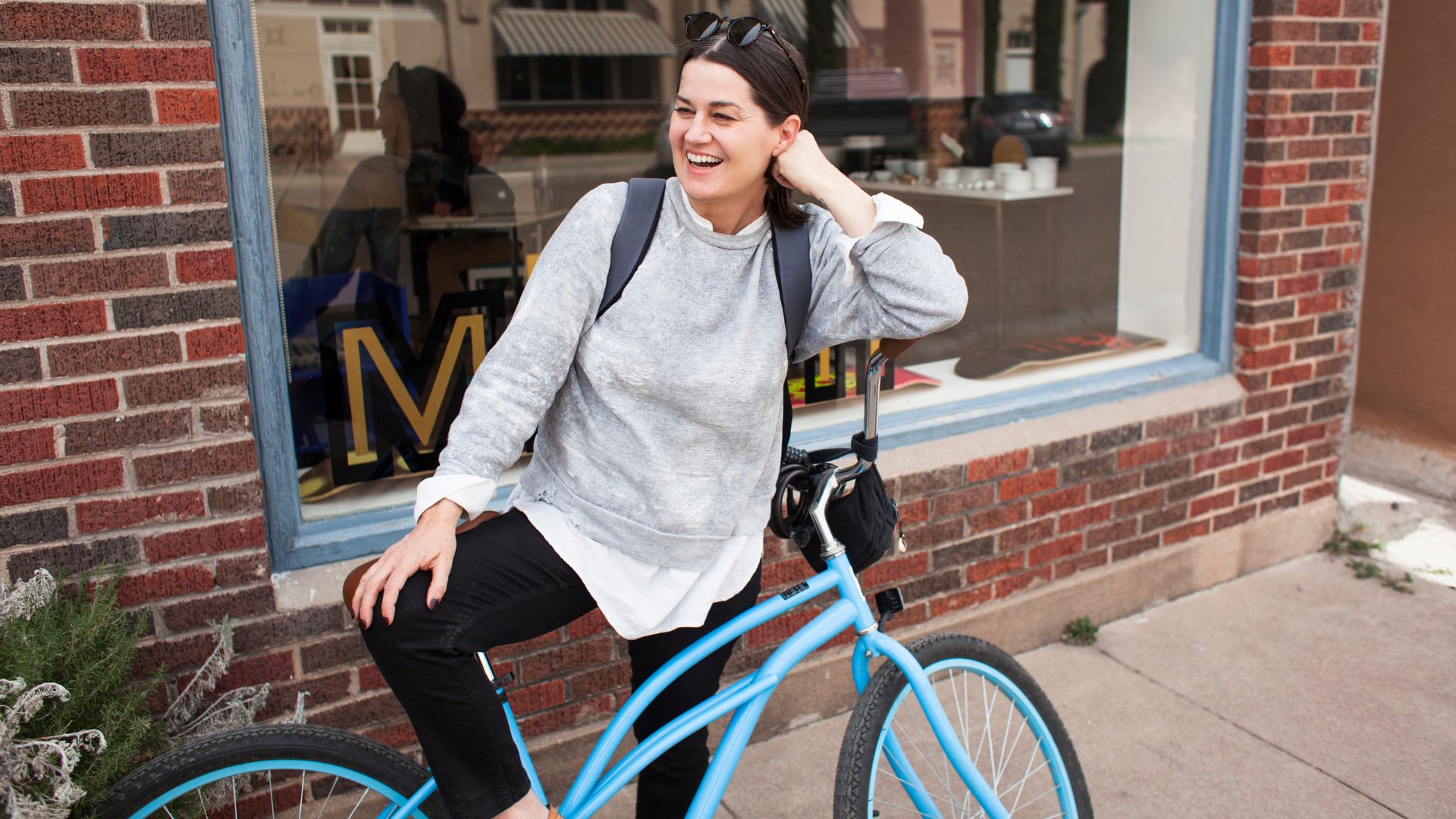
The 154 riders will take on nine stages across an incredible 1,165km of road, winding their way across France from Vannes in the west to Chatel Les Portes du Soleil, north-east of Morzine. Meanwhile, the men's race finishes in Paris this weekend.
While not many of us could take on the altitude, bends, and climbs of these incredible races, this year's event has the woman&home health team digging out their helmets, ready to go for a spin. If you're feeling inspired, too, then you're in the right place.
But while many of us learn to ride a bike when we're younger and may reap the benefits of cycling in our teenage years, city living or the need to get places quicker than pedals can carry you might have taken you out of the saddle in recent years. Whether you're buying a bike new or second-hand, here's what you need to know before heading to the checkout.
1. Know your measurements
If you’re buying your bike online for cycling workouts, rather than in a specialist store, it’s important to have a few measurements on hand. As well as knowing your height, Josh Hale, general manager and bike specialist at online store Quella, says you need to know your inseam.
"This is the most accurate way to determine the right frame size, especially when buying a single-speed or fixed-gear bike,” he explains.
The best way to measure your inseam is to stand with your back against a wall with a book between your legs, in close contact with your body, as if you’re sitting on a saddle. You might need someone to help you as they can hold the book in place while you step away. Then you need to measure from the top of the book to the floor.
You could also ask your helper to measure with the book still between your legs. Take the measurement a couple of times to ensure it's accurate.
Sign up to our free daily email for the latest royal and entertainment news, interesting opinion, expert advice on styling and beauty trends, and no-nonsense guides to the health and wellness questions you want answered.
2. Pay attention to the bike's geometry
A bike geometry chart is a table that shows you the key measurements of a bike’s frame. "They look intimidating, but these give you a good idea of how the bike will feel," says Hale.
The measurements will be important if you’re deciding between a road bike and a mountain bike, for example, because their frames will have been designed with different priorities in mind - such as stability or manoeuvrability.
One of the top tips for getting into cycling is to understand these measurements, as they can help you get the best from your bike and avoid any discomfort when riding.
A specialist will be able to help you understand these but if you’re researching bikes online, take a look at the bike’s specification, which will break down the measurements for components such as the stem, seat post and rims.
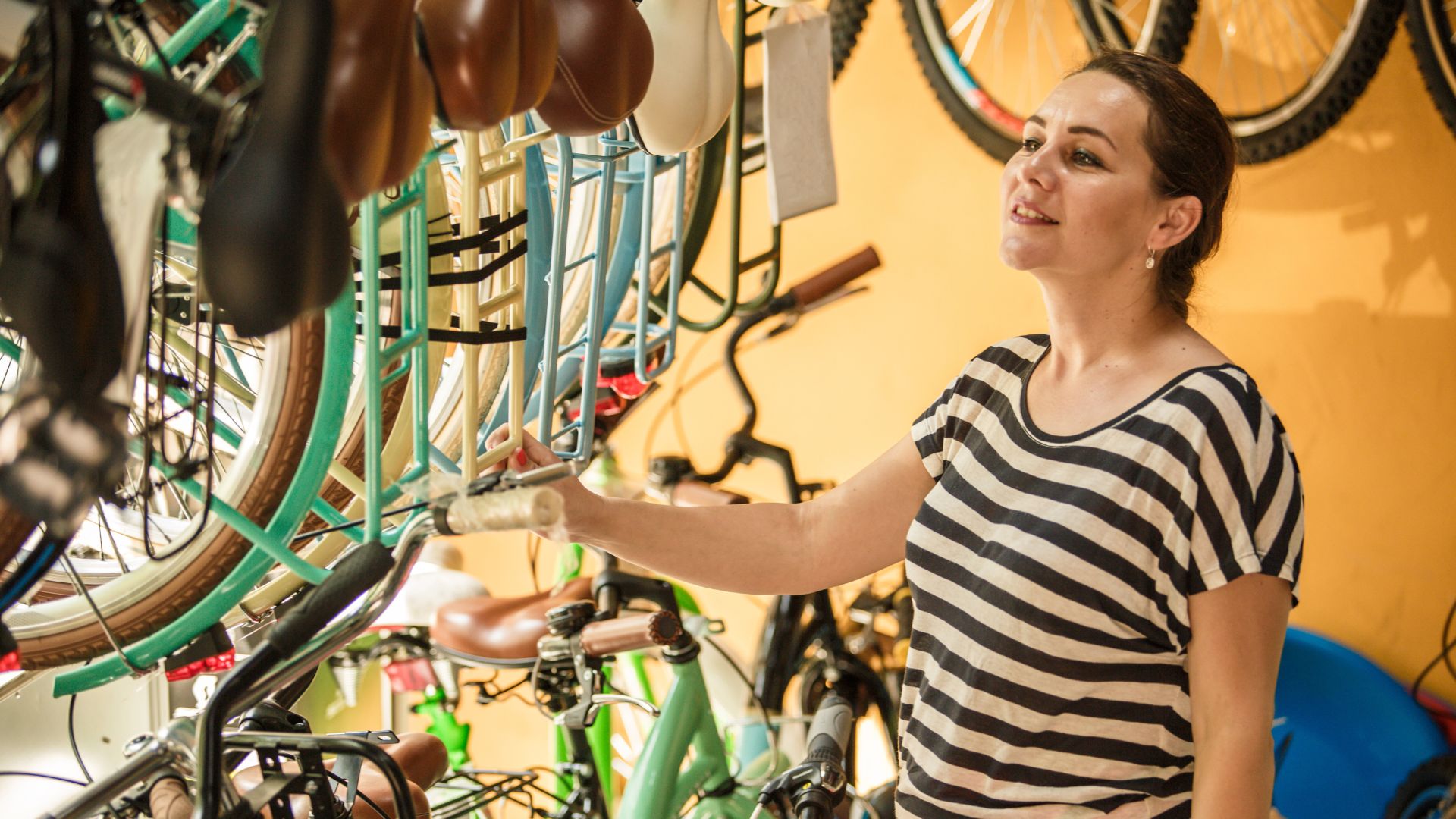
3. Don't rely on generic sizing
From running shorts or walking shoes, every brand is different when it comes to size. Bike brands are exactly the same. Hale advises you “check the brand's size guide carefully” and “don’t rely purely on generic sizing".
Use the measurements listed for inseam length, standover height and frame size”.
Brands will have a range of sizes to choose from, with recommended heights outlined for each.
4. Read customer reviews
Buying a bike can be a big investment and you don’t want to make an expensive mistake. While many places will allow you to return the bike with only very minimal wear, this is really inconvenient, so it’s better to get it right the first time around.
Hale recommends looking for “customer reviews or rider photos” and “see what others of a similar build have bought and how it fits them”.
He says you should also choose a brand with a flexible returns policy as well, so you have options if it’s not the right bike for you.
5. Recognise when a bike is too big
Hale says he often sees women riding bikes which are too big for them. It's important to know what that looks like.
“If your bike feels like a stretch to reach the handlebars when you’re sitting on the saddle, or if you're having to shift your weight too far forward to ride comfortably, it's likely too big,” he says.
He adds that you might also struggle to balance when stopping or starting and feel less in control when going around corners.
A slightly smaller frame can also offer better comfort, control and confidence. “Ultimately, a bike that’s too big will feel awkward and inefficient to ride,” he adds.
Tips for choosing a bike
- Think about the riding you're going to do: A hybrid or city bike will be a better option than a mountain bike for those looking to ride to work. These bikes are more comfortable to ride, with a naturally upright position, and often have space for accessories (like a bell).
- Check how much it weighs: Older and/or cheaper bikes tend to be heavier than newer ones at a higher price point, so it's worth checking this before buying, especially if you're buying secondhand. Aluminium bike frames are also lighter than steel ones, so look at what the bike is made from.
- Look at the parts: It's important to check for wear and tear on all parts, especially if you're buying the bike secondhand. Take the chain, for example; if it's rusted, you may have to replace it, which is a financial consideration.
- Find out where the bike was kept: Whether you're buying it new or not, it's a good idea to know where the bike was stored before it found its way to you. If it was kept outside for a long period, it's more likely to have rusted in places.
- Check the records: If you're buying your bike secondhand through an online marketplace, it's a good idea to run the serial number through a database like Bike Register, to check it's not stolen and being resold to you.
What else do I need?
Once you've answered the question of 'what bike should I get' and secured your helmet, you're set to ride. You don't really need anything else, but some key clothing items (like padded bike shorts) and accessories (a bike bag or one of the best cycling apps) can help you enjoy the experience more.
Here are Digital Health Editor Grace Walsh's top three recommendations for anyone cycling as a beginner.
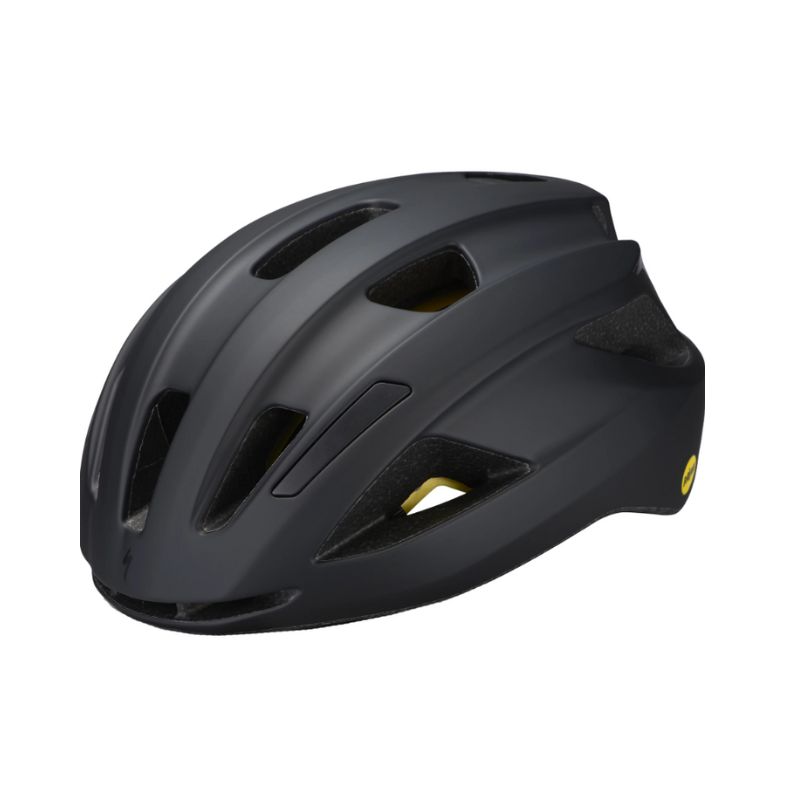
If there's one thing never to compromise on when it comes to cycling, it's your helmet. MIPS (Multi-Directional Impact Protection System) is a specialist technology incorporated into some helmets that's designed to reduce rotational forces on your head if you were to come off your bike at an angle, which is a common cause of brain injuries.
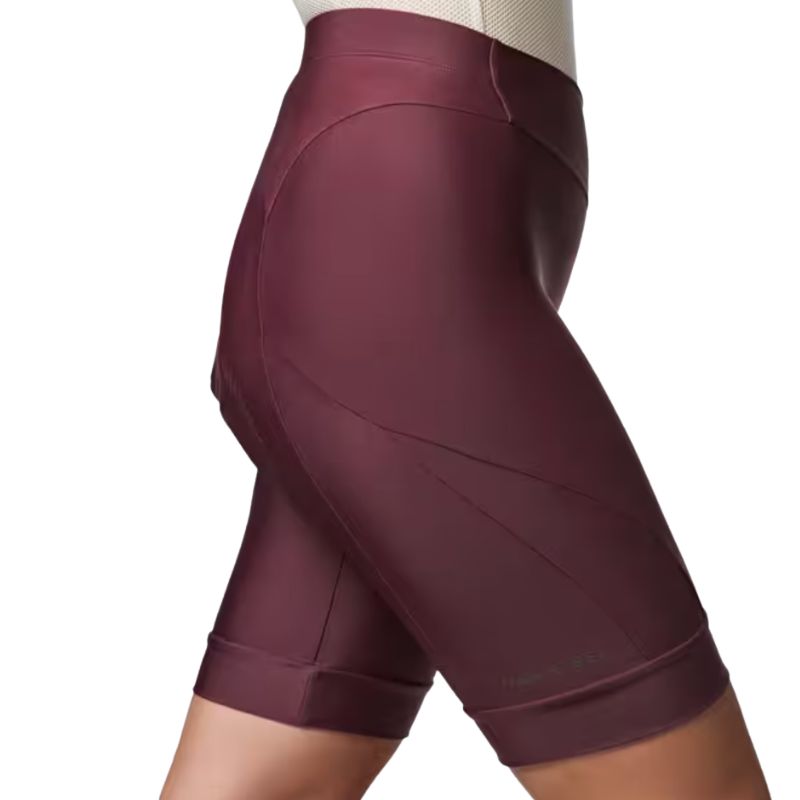
Padded cycling shorts like these from Van Rysel via Decathlon are the perfect starter pair for staying comfortable on the bike. The chamois, which sits around the gusset of the shorts, keeps the impact of the saddle on your sit bones to a minimum.

Kat Storr has been a digital journalist for over 15 years after starting her career at Sky News, where she covered everything from world events to royal babies and celebrity deaths. After going freelance eight years ago, she now focuses on women's health and fitness content, writing across a range of UK publications.
From perimenopause to the latest fitness trends, Kat loves researching and writing about it all. She's happy to give any fitness challenge a go and speaks to experts about wellbeing issues affecting people every day.
You must confirm your public display name before commenting
Please logout and then login again, you will then be prompted to enter your display name.


